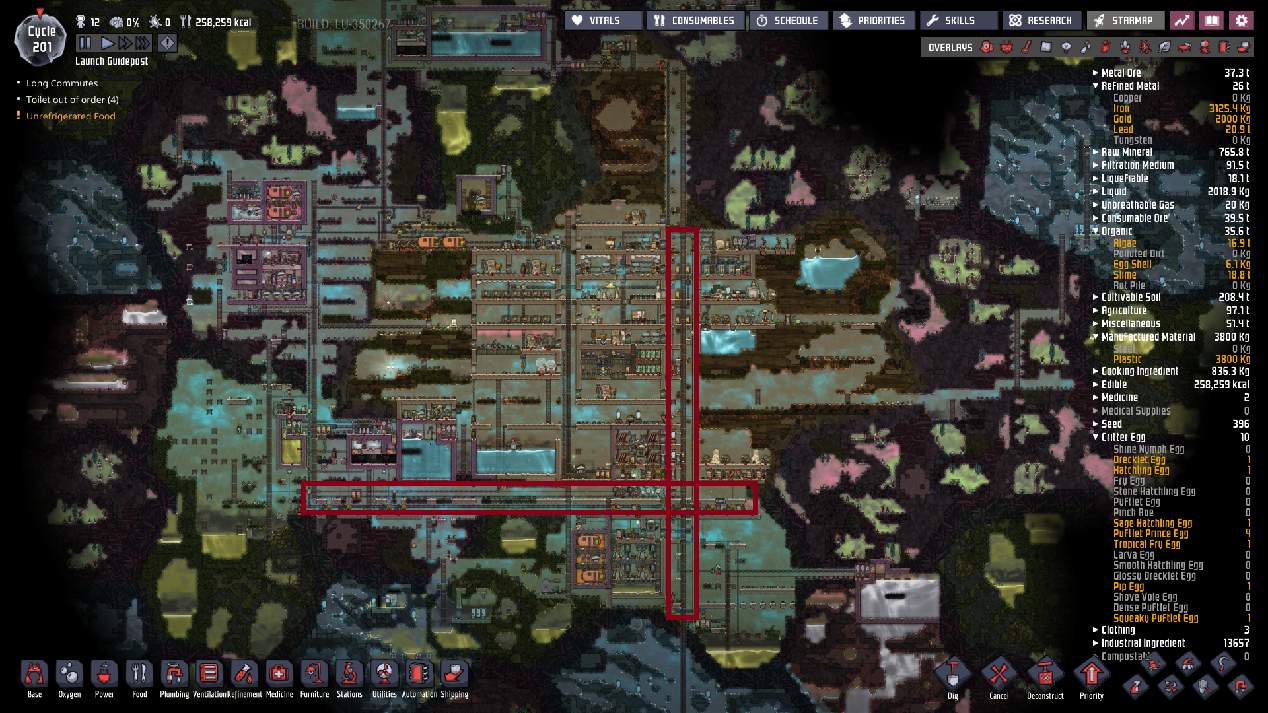
(v) subsections 3.6(1) and (2), which require the ERAP reference number and telephone number on a shipping document, and
(iv) paragraph 3.5(1)(f) and subsection 3.5(2), concerning a 24-hour number on a shipping document, (iii) subsection 3.4(1), Legibility and language, (i) section 3.1, Consignor responsibilities,

(iv) subparagraphs 2.43(b)(iv) and (v), concerning classifying in Class 9 dangerous goods that are environmentally hazardous substances (iii) section 2.37, General, Class 7, Radioactive Materials, and (ii) section 2.36, Infectious substances, (i) section 2.2, Responsibility for classification, (viii) section 1.43, Class 7, Radioactive Materials (vii) section 1.20, National Defence, and (v) section 1.13, Defence: due diligence, (iv) section 1.12, Evidence: safety marks, prescribed documents, (ii) paragraphs 1.8(a) and (b), Prohibition: explosives, (i) section 1.7, Safety requirements, documents, safety marks, (a) in Part 1 (Coming into Force, Repeal, Interpretation, General Provisions and Special Cases),

(3) The means of containment used to transport the dangerous goods must be designed, constructed, filled, closed, secured and maintained so that under normal conditions of transport, including handling, there will be no accidental release of the dangerous goods that could endanger public safety.ġ1.4 PART 12 Air International and Domestic Transport by Aircraft General Requirementsġ2.1 (1) A person who handles, offers for transport or transports dangerous goods by aircraft between Canada and another country must do so in accordance with the ICAO Technical Instructions and the following provisions of these Regulations: (iv) section 5.10, Means of containment for Class 2, Gases, and section 5.11, UN1950, AEROSOLS, and UN2037, GAS CARTRIDGES and (iii) section 5.6, UN standardized means of containment, and (ii) section 5.3, Certification safety marks on a means of containment, (i) section 5.2, Requirements for a standardized means of containment to be in standard, (c) the following provisions in Part 5 (Means of Containment): (iv) section 4.6, Visibility, legibility and colour (iii) subsection 4.5(1), Carrier responsibilities, and (ii) section 4.4, Consignor responsibilities, (i) section 4.2, Misleading dangerous goods safety marks, (b) the following provisions in Part 4 (Dangerous Goods Safety Marks): (v) section 3.10, Location of a shipping document: storage in the course of transportation (iv) section 3.9, Location of a shipping document: marine, and (iii) paragraph 3.5(1)(f) and subsection 3.5(2), concerning a 24-hour number on a shipping document, (ii) subsection 3.4(1), Legibility and language,

(i) section 3.2, Carrier responsibilities, (a) the following provisions in Part 3 (Documentation): (2) In addition to the requirements in subsection (1), a person who handles, offers for transport or transports dangerous goods by vessel must do so in accordance with the following provisions of these Regulations: (c) two points outside Canada on board a vessel registered in Canada. (b) Canada and another country, if the voyage is not an inland voyage or a sheltered waters voyage that is within the waters described in paragraphs (a) and (b) of the definition inland voyage in section 1 of the Vessel Safety Certificates Regulations or (iii) on the Pacific coast, the vessel goes south of Portland, Oregon (ii) on the Atlantic coast, the vessel goes south of the port of New York, or (i) the vessel goes more than 120 nautical miles from shore, (a) two points in Canada on a voyage during which
#OXYGEN NOT INCLUDED TRANSIT TUBE CODE#
11.1 (1) A person who imports, offers for transport, handles or transports dangerous goods by vessel must comply with the IMDG Code if the dangerous goods are in transport between


 0 kommentar(er)
0 kommentar(er)
